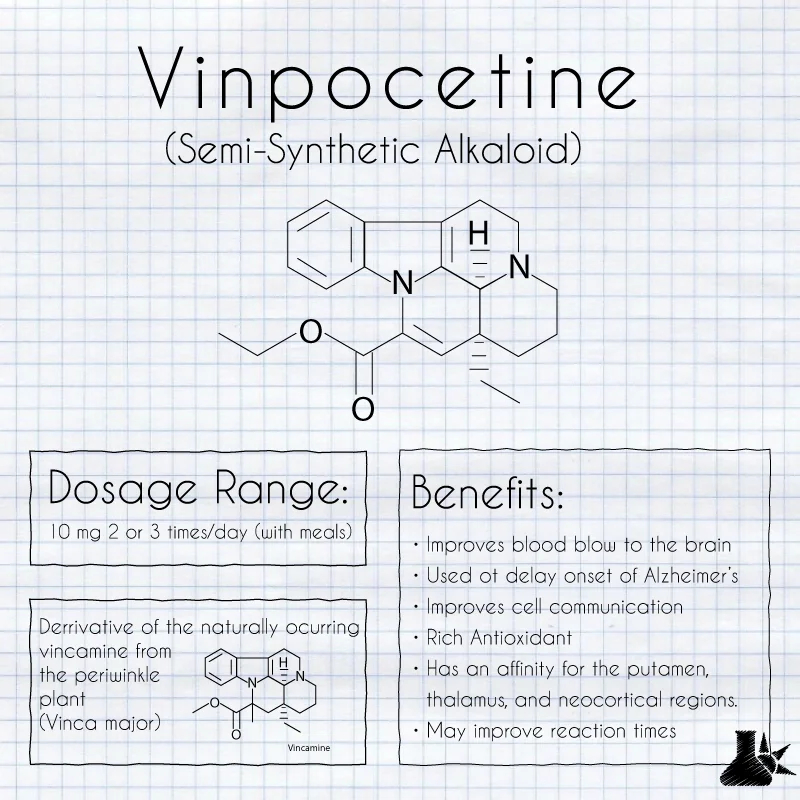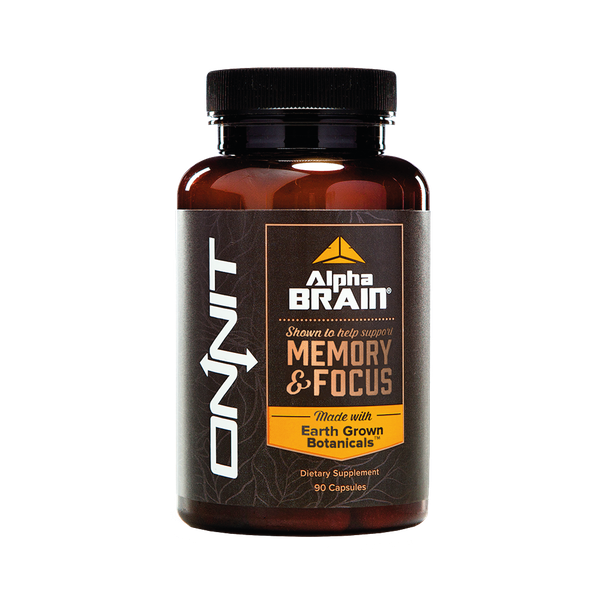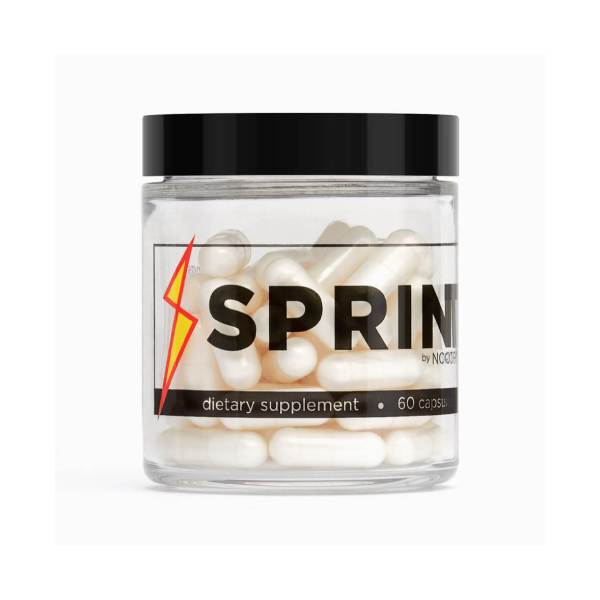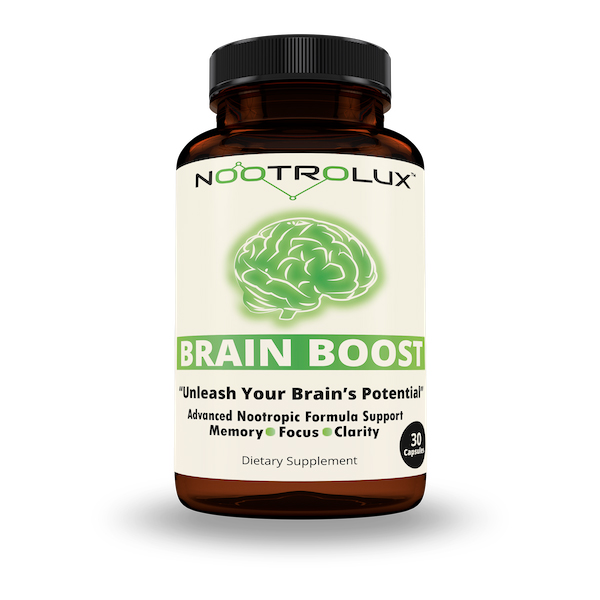Vinpocetine Summary
Vinpocetine is one of the first nootropic substances to hit the mainstream public. The chemical is a derivative of a naturally occurring compound known as vincamine extracted from the periwinkle plant.
The main action of this nootropic is to dilate the cerebral arteries, thus allowing more blood flow to the brain. This makes this chemical beneficial for conditions like Alzheimer's and Dementia where the mechanism of action is thought to be through reduced blood flow to the brain (this is one of several contributing factors for these conditions).
Vinpocetine has been shown to improve memory retrieval and memory formation in both animal and human studies. It has also been shown to improve reaction times, prevent the onset of altitude sickness, and increase the positive outcome of hemorrhagic stroke patients.
Where Does It Come From?
Vinpocetine is a semi-synthetic alkaloid from the periwinkle plant (Vinca major/minor). The original alkaloid, vincamine, is altered in a lab to create vinpocetine.
+ Indications
- To prevent the onset of Alzheimer's disease
- As a study aid
- Hemmorhagic stroke
- Poor cerebral blood flow
+ Contraindications
None noted.
+ Mechanisms
- Dilates the cerebral arteries
- Stimulates vasodilation
- Inhibits the effects of phosphodiesterase (leads to an increase in cyclic AMP over cyclic GMP)
- Increases the tolerance of brain cells to hypoxic (lack of oxygen) conditions
- Free radical scavenging activity
General Actions:
- Cerebrovasodilator
- Improves cell communication
- Antioxidant
- Nootropic
Dosage
Chemical Description:
Vinpocetine is a semi-synthetic alkaloid derrived from vincamine extracted from the leaves of the periwinkle (Vinca minor/major) plant.
Pharmacology & Medical Research
+ Memory
Vinpocetine has been shown to significantly improve both memory retrieval and the making of new memories [1]. The mechanism of action is not well understood.
Pharmacokinetics
The absorption rate of vinpocetine is only 6.7% on an empty stomach. When taken with meals this rises significantly to 60-80%. After ingestion, it takes 1-2 hours to enter the bloodstream. Once in circulation, it is metabolized into the inactive vincaminic acid and excreted through the kidneys and urine. [1].
Vinpocetine has been shown to accumulate in the thalamus, putamen, and neocortical regions of the brain. [1].
Toxicity
Vinpocetine is very safe. There have been no reported long-term side effects, and has an incredibly low toxicity.
Caution is advised if taking with blood thinning medications such as warfarin.
Formulas Containing Vinpocetine
Related Blog Posts:
References:
Jha, M. K., Rahman, M. H., & Sheikh, H. (2012). Vinpocetine: a smart drug and a smart nutrient: a review. International Journal of Pharmaceutical Sciences and Research, 3(2), 346.
Bönöczk, P., Gulyás, B., Adam-Vizi, V., Nemes, A., Kárpáti, E., Kiss, B., ... & Vas, A. (2000). Role of sodium channel inhibition in neuroprotection: effect of vinpocetine. Brain research bulletin, 53(3), 245-254.
Szakall, S., Boros, I., Balkay, L., Emri, M., Fekete, I., Kerenyi, L., ... & Galuska, L. (1998). Cerebral effects of a single dose of intravenous vinpocetine in chronic stroke patients: a PET study. Journal of neuroimaging, 8(4), 197-204.
Nagy, Z. S., Esiri, M. M., & Smith, A. D. (1998). The cell division cycle and the pathophysiology of Alzheimer's disease. Neuroscience, 87(4), 731-739.
Thal, L. J., Salmon, D. P., Lasker, B., Bower, D., & Klauber, M. R. (1989). The safety and lack of efficacy of vinpocetine in Alzheimer's disease. Journal of the American Geriatrics Society, 37(6), 515-520.
Konopka, W., Zalewski, P., Olszewski, J., Olszewska-Ziaber, A., & Pietkiewicz, P. (1997). Treatment results of acoustic trauma. Otolaryngologia polska= The Polish otolaryngology, 51, 281-284.











Its amazing what this class of substances can do for your brain.